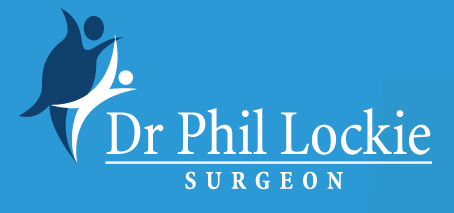Women’s Health and Exercise
Exercise prescription and programming when done correctly, should be tailored to the individual, this takes into account anatomy, physiology and hormonal balance. Programming for females requires a higher level of understanding in order to cater for differences in physiology, hormone levels, recovery modalities and various complications related to metabolic conditions. Training can either work with your physiology or against your physiology. As Exercise Physiologists our job is to help you reach your performance goals regardless of what that looks like for you!
Our Exercise Physiologists can help you with…
Athletic Performance and the Menstrual Cycle
Training as a female athlete it is important to track your menstrual cycle as it has a huge impact on performance. Understanding how the female hormones change throughout your cycle will change your nutrition, recover strategies and training modalities...
Menopause and Exercise
Typically Australian women will experience menopause between the ages of 50-55. Menopause occurs when a woman has not had her period for a minimum of 12 months, therefore solidifying the end of menstruation and her reproductive years….
Endometriosis and Exercise
Endometriosis is a gynaecological condition where endometrial tissue which normally lines the uterus, grows on the outside of the uterus. This tissue can grow on a variety of areas, including…
Polycystic Ovary Syndrome and Exercise
Polycystic Ovarian Syndrome (PCOS) is a hormonal disorder which affects 8-13% of women within a reproductive age range. It is categorised by cysts that form on the outside of the ovaries resulting in a higher-than-normal production of male hormones…
Pregnancy and Exercise
Exercising during pregnancy has some really important benefits when it comes to overall physical health, mental health and health of your baby. You should always seek advice from an Accredited Exercise Physiologist around a program tailored to you…
Post Natal Exercise
Post-natal rehabilitation has a large importance in order to regain strength and stability, and help women recover from the physiological and psychological demands of pregnancy…
Osteoporosis and Exercise
Osteoporosis is categorised by low bone mass leading to an increased risk of fracture. The main two causes of osteoporosis are genetics and age, it is particularly prevalent in women as they move…











